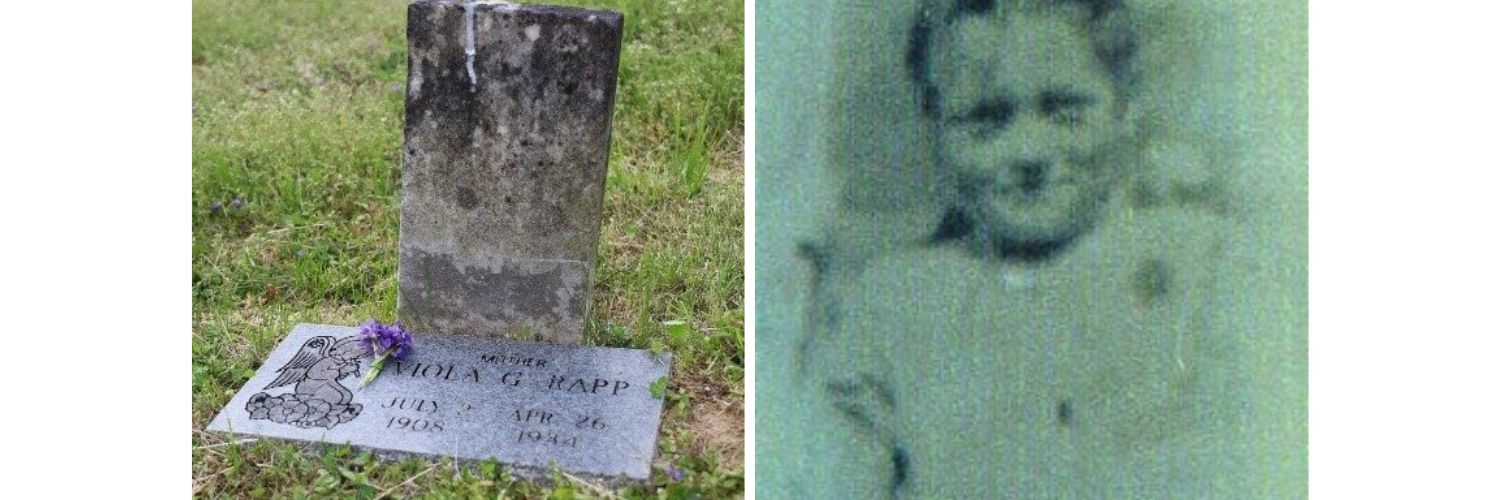
Viola Rapp was a young woman lost in time. Only one picture of her remains. She looks to be very young, possibly even a teenager.
However, for more than 60 years Rapp was known only as number 607.
Rapp died in 1934 at what was then called the Athens Lunatic Asylum. When Rapp was buried in the female section of the second asylum cemetery, her identity died with her, sans the number 607 carved into her small, white headstone.

Rapp was one of more than 1,900 people buried at the former mental institution. From 1874 to 1993, thousands of mentally ill patients resided within the asylum. Cemeteries around the land now known as The Ridges. Over 1,000 graves had laid unnoticed and disregarded for decades, until now.
Doug McCabe, a former archivist at Ohio University (Athens), has been researching and connecting lost stories of former patients like Viola Rapp. McCabe had access to the former asylum’s documentation when the files were closed to the public due to fear of complications with the Health Insurance Portability and Accountability Act (HIPPA). McCabe was able to use the asylum grave book to match names with graves at The Ridges’ cemeteries.
“The vast majority of these people were not born [mentally ill],” McCabe says. “Something happened to them, some kind of trauma, and then they were judged as having gone over the edge and placed in an asylum.”
Such was true for Viola Rapp. When she was 11, Rapp was rattled by the death of her sister, who was also her best friend. At 16 years old her father married her off to a man she did not love. When she gave birth to her first son, he was premature and died 10 days later. She went on to have a daughter, Dorothy, and another son.
She was admitted to the institution in 1929 for five years after this series of tragedies. It became clear Rapp was suffering from what is now known as postpartum depression. Rapp’s husband lost custody of the children while Rapp was in the asylum and the children were placed in an orphanage.
Rapp, 25, died in 1934 from pulmonary tuberculosis. She was buried on April 28 in a grave marked by a small white headstone with 607 etched into it.
Mental health stigma may have played a part why the patients were buried near the asylum. Some patients were claimed by loved ones to be buried in their hometowns, but others did not want to associate with the mentally ill and left them to be buried at the asylum, nameless. Viola Rapp’s family was suffering from economic hardship from the Great Depression and could not afford a funeral for her.
The cemetery database offers an apology for former patients and loved ones. All most all graves are now identified. With the assistance of a genealogist, relatives of those buried near The Ridges are being contacted so they can place new headstones with names and dates. Veterans are honored with a flag at their grave.
“The unspoken part of this project is that it encourages people to take mental health seriously,” McCabe says. “It’s restoring humanity back to these people.”
